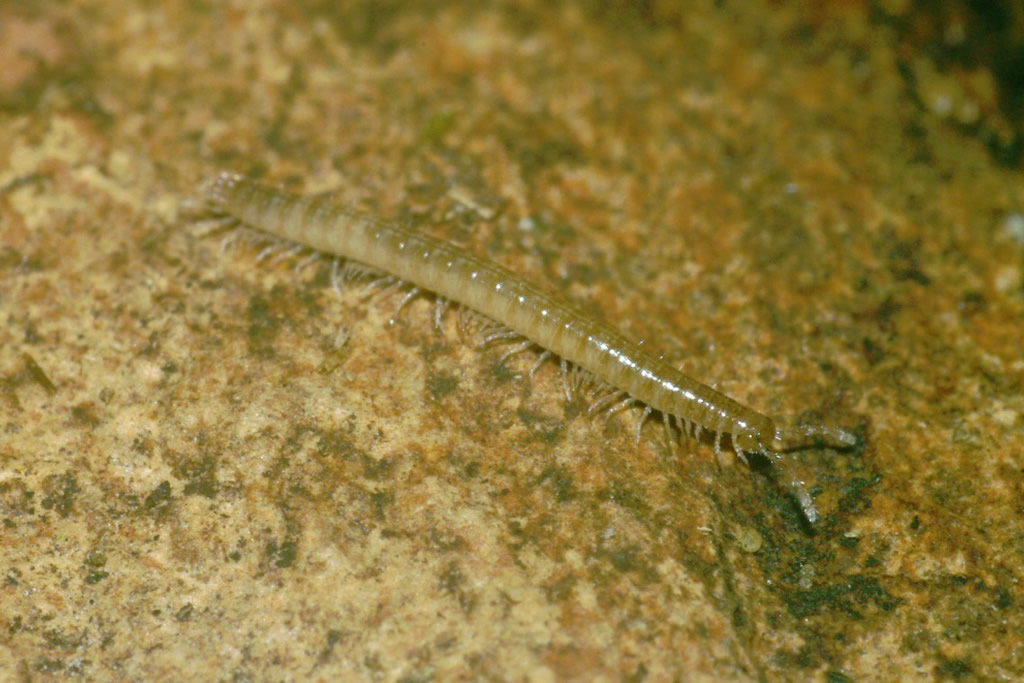Melogona voigtii (Verhoeff, 1899)
Synonyms
Status:
- GB IUCN status: Data Deficient
- GB rarity status: Nationally Rare
ID Difficulty
Identification
This species was not recognised from Britain until 1995 although the earliest specimens known were collected in 1988. Corbet (1996) and Gregory & Garnham (2020) provide descriptions and diagrams of the male gonopods that allow identification of the species.
It is identical in appearance to the much more widespread Melogona gallica and the two can only be separated by examination of adult male gonopods or adult female vulvae (see Enghoff, 2016).
Distribution
At present M. voigtii is known from several sites in the Lothians (Corbet, 1996) and most recently from Glasgow (Davidson, 2013, pg3) but some of the records of M. gallica s.l. may well refer to M. voigtii, especially if they were based on adult female specimens only. In 2019 the species was recorded from Lancashire, the first record for England (Gregory & Garnham, 2020).
Melogona voigtii is a Central European species which occurs to the north and east of M. gallica in Europe (Kime, 2004). Their ranges overlap in Belgium, Holland and Scotland and Kime (2001) believed the occurrence of M. voigtii was ‘entirely logical’ even suggesting that populations may exist in Eastern England in addition to the known Scottish locations.
Habitat
Insufficient habitat data were available for reliable conclusions to be drawn from the analysis of recording scheme data but Spelda (1999) considered it to be a woodland species, particularly in calcareous areas. Jeekel (2001) described it as synanthropic in the Netherlands and believed it had been spread to Scotland by the horticultural trade. The Scottish records are from an urban garden and from rural deciduous woodlands with evidence of human disturbance in the form of fly-tipping (Corbet, 1996).
Phenology
Adult animals have been found in January, April and May (Corbet, 1996). It is likely the species has an annual life cycle as is the case with our other members of the genus.
This updated species account is based on Lee (2006).
References
Enghoff, H. (2016) Identification of North European Melogona females, and the first record of M. gallica (Latzel, 1884) from Denmark (Diplopoda, Chordeumatida: Chordeumatidae). Bulletin of the British Myriapod & Isopod Group 29: 42-43.
Links
MilliBase - Global catalogue of Millipedes: https://millibase.org/aphia.php?p=taxdetails&id=945021





